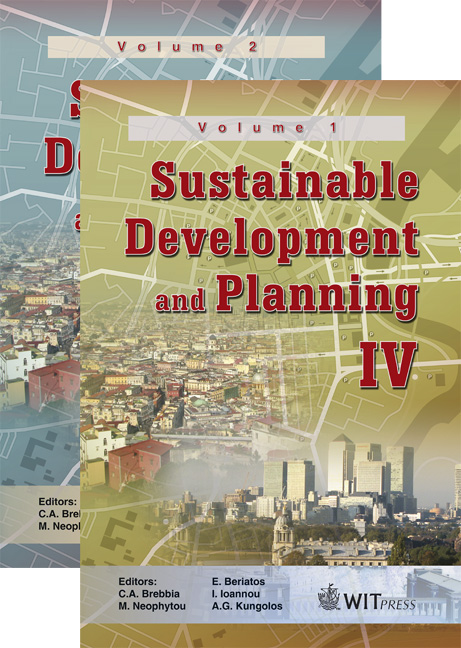Towards More Sustainable And Environmentally-friendly Concretes: The Use Of Silica Fume
Price
Free (open access)
Transaction
Volume
120
Pages
6
Page Range
265 - 270
Published
2009
Size
196 kb
Paper DOI
10.2495/SDP090261
Copyright
WIT Press
Author(s)
A. Kanellopoulos, I. Ioannou & M. F. Petrou
Abstract
Concrete is the most widely used construction material. At the same time, however, the concrete industry is a major CO2 emitter thus contributing towards global warming. While enhanced efficiency in the production of concrete is not likely to dramatically reduce the CO2 emissions, cement replacement by a supplementary material or mineral additive, such as silica fume, which is not associated with CO2 emission, can substantially reduce the aforementioned problem. The present work discusses the benefits of incorporating mineral additives in concrete and shows that these additives can improve both the mechanical and physical properties of the end-product, and hence its durability, albeit with a reduction in cement content. Keywords: mineral additives, concrete, sustainability, durability, mechanical properties. 1 Introduction Concrete is the most widely used construction material with annual production exceeding 6.4 billion cubic metres [1]. At the same time, however, the concrete industry is a major CO2 emitter thus contributing towards global warming. The production of cement alone contributes about 5% to the global anthropogenic CO2 emissions [2]. The average intensity of CO2 emissions from total global cement production is 222 kg per ton of cement. In terms of conventional concrete mixtures, this is equivalent to more than 100 kg of CO2 emissions per cubic metre of concrete. While enhanced efficiency in the production of concrete
Keywords
mineral additives, concrete, sustainability, durability, mechanical properties.





